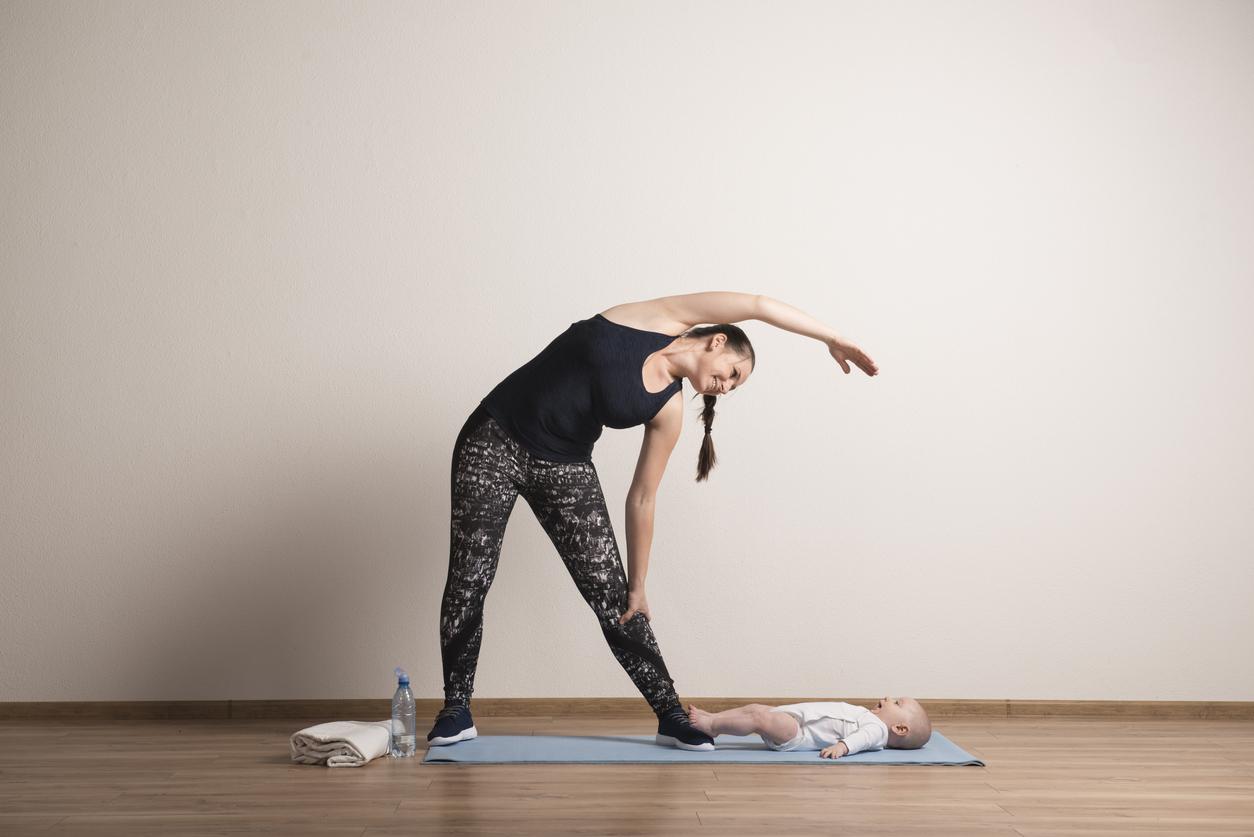Next year, it will be 20 years since Simone Veil has offered all women the possibility of benefiting from an epidural during their childbirth, by allowing its reimbursement by health insurance. Also, the Interassociative Collective around Birth (CIANE) has launched an online survey of 8,200 women to take stock, 20 years later, on pain relief during childbirth.
The broad outlines of this survey show a steady increase in the number of women who want an epidural on arrival at the maternity ward, as well as an increase in the epidural rate: 88% of women who responded to the survey and whose was the first childbirth, and 58% of those who had already given birth had an epidural in 2012 (compared to 76% and% respectively during the period 2005-2007).
>> To read also: Childbirth: with or without epidural?
78% of women who wanted and had an epidural say they are very or somewhat satisfied. On the other hand, 56% of those who had recourse to the epidural when they did not want it at the beginning are dissatisfied: they especially blame the fact that they were often not given the choice by advancing medical reasons or that they have not been sufficiently supported.
Because this is one of the demands of the majority of young mothers who responded to this survey: often undecided when they arrive at the maternity ward, they would like to be able to formulate a joint woman-team childbirth plan and have better information on the delivery. progress of labor and the impact of a particular gesture (piercing of the water bag, administration of the epidural at the end of labor) on pain.
Finally, even if the control of the epidural has become an increasingly common practice (it concerned one epidural in 3 in 2005 but this is the case for one in 2 epidurals in 2012), the majority of women believe that this epidural self-dosing should be offered more systematically.
















